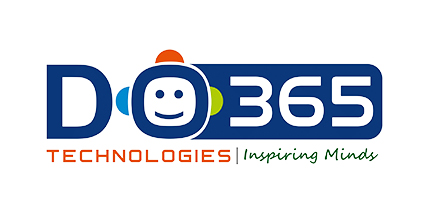2024 marks a pivotal year in web design. Gone are the days when aesthetics reigned supreme. Today, ethical considerations are taking center stage, with user privacy and accessibility front and center. This blog dives into five essential practices for ethical design in 2024, ensuring your web creations are not just beautiful, but built on trust and inclusion.
- Privacy First: A Paradigm Shift in Data Usage
Data is the lifeblood of the digital age, but how we collect and use it matters. Ethical design prioritizes user privacy. Be transparent about data collection practices, offer clear opt-in and opt-out mechanisms, and avoid hidden data trackers. Remember, trust is earned, not assumed.
- Accessibility Beyond Checkboxes: Design for Everyone
A website isn’t truly beautiful if it leaves users behind. Embrace inclusive design principles that cater to diverse needs. Use clear visuals, alt text for images, keyboard navigation, and screen reader compatibility. Remember, the web should be a place for everyone, not just the able-bodied.
- Algorithmic Bias: Unmasking the Unseen
Algorithms power our online experiences, but they can also perpetuate harmful biases. Be mindful of how algorithms are used in your design. Audit your algorithms for bias, and actively seek diverse data sets to train them. Remember, technology should be a force for good, not exclusion.
- Mental Health Matters: Designing for Wellbeing
The web can be a powerful tool for connection, but it can also negatively impact mental health. Consider the emotional impact of your design choices. Avoid manipulative tactics, promote healthy online habits, and offer resources for those struggling with online overload. Remember, the web should be a positive space, not a source of anxiety.
- Transparency and Accountability: Owning Your Design Choices
Ethical design demands transparency. Be clear about your design goals, explain how you use data, and take responsibility for unintended consequences. Encourage user feedback, be open to criticism, and continuously iterate your design based on ethical principles. Remember, design is a conversation, not a monologue.
Beyond the Checklist: Cultivating an Ethical Design Mindset
Ethical design is more than just ticking boxes. It’s about a fundamental shift in mindset. Think critically about the impact of your work, prioritize user well-being, and champion inclusivity. By making ethical design a core value, we can build a web that is not just beautiful, but also safe, trustworthy, and accessible for all.
Remember, the future of the web is in our hands. Let’s choose to make it a future built on ethics, trust, and inclusion.
Popular Post
- Data-Driven Decisions: Leveraging Analytics to Optimize Your Digital Marketing Campaigns

- Beyond Clicks: Crafting Compelling Content in the Digital Marketing Landscape

- The Power of Social Media Marketing: How to Engage, Convert, and Retain Customers

- Unlocking the Secrets of SEO: Strategies for Dominating Digital Marketing

- Web, Apps, Marketing & More: Your One-Stop Shop for Digital Domination



